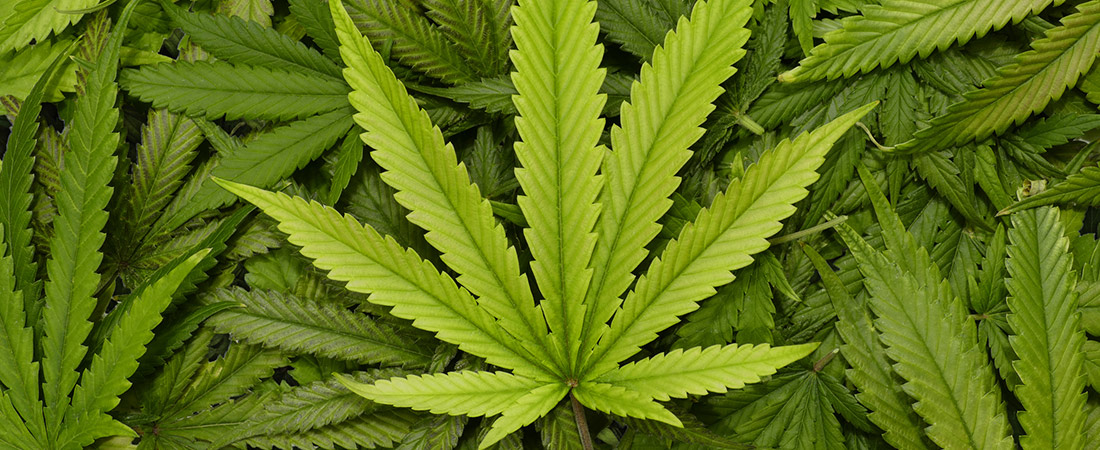4 Essential Elements of an Effective Marijuana Law

With recreational marijuana use now legal in eight states, many state policymakers are facing the challenge of creating laws that govern the safe use and sale of the drug.
Gisela Rots, a substance misuse prevention specialist at EDC, believes that public health experts have a lot to offer to conversations about effective drug policy. Here, she offers four suggestions for building state marijuana policies that support public health and safety.
1. Consider youth prevention
A core function of state policy should be to prevent marijuana use among youth, says Rots. Research offers two reasons why this is essential:
- Marijuana use can impede brain development.
- Early substance use puts youth at a higher lifetime risk for dependence on substances.
And with the expanding legalization of marijuana, there is concern that more young people could gain access to the drug, imperiling their health and safety.
Prevention activities have been proven to reduce young people’s use of tobacco, alcohol, and illegal drugs. Rots believes that if states create robust marijuana prevention programs for youth, they can successfully limit young people’s access to marijuana as well.
“Supporting comprehensive prevention programming in our communities is key to promoting healthy youth development,” she says.
2. Regulate edibles
Edibles—marijuana-infused food and candy—also pose special health concerns. In states where recreational marijuana is legal, adults may have little information on the potency of the drug they are ingesting, as there are few rules governing marketing and packaging.
“Consumer safety is an important consideration, and some states have been proactive in addressing this issue,” says Rots. She praises Colorado for requiring producers to alert consumers to the content of THC (the active marijuana ingredient) in edibles. Oregon has also begun regulation, limiting the THC content in edibles available for sale in the state.
But more work has to be done, says Rots, especially to reduce the accidental consumption of edibles by children. In Colorado, children’s exposure to marijuana has increased by over 150 percent—much of which is linked to edibles—since the state legalized recreational use in 2014.
“As they regulate edibles, policymakers also have to think about how they will protect children from unintentional poisonings,” says Rots.
3. Address impaired driving
States that have legalized marijuana need to develop “drugged driving” laws to govern the safe and effective use of motor vehicles while using the drug. The challenge facing policymakers is twofold, says Rots—not only is there little research on drugged driving to pull from, but states often do not properly fund training efforts on enforcement.
“Without guidance on how to identify and deal with drivers who might be under the influence of marijuana, we could see increased motor vehicle crashes, injuries, and fatalities,” she warns. “State policies must take this issue into account and should lay out provisions for helping law enforcement officials identify and assess harmful levels of marijuana in the bloodstream.”
Even the adoption of new guidelines might not be enough to protect public safety. For example, Colorado law enforcement officials have cited an increase in fatal accidents involving drugged drivers despite their new enforcement guidelines.
4. Direct tax profits to prevention
One argument for the legalization of marijuana is that taxes collected on the sale of the drug can help fund public health programs. Rots suggests that policymakers use this tax revenue to support evidence-based drug prevention programs. This is already underway in Washington—a state Rots calls “a model” for how marijuana-related revenue can support public health.
“We already know that each dollar spent on evidence-based prevention will save money down the road,” she says. “There’s no doubt that prevention is a worthwhile investment. States that reinvest tax revenues from marijuana sales into prevention are really helping to fund a healthier, safer future.”